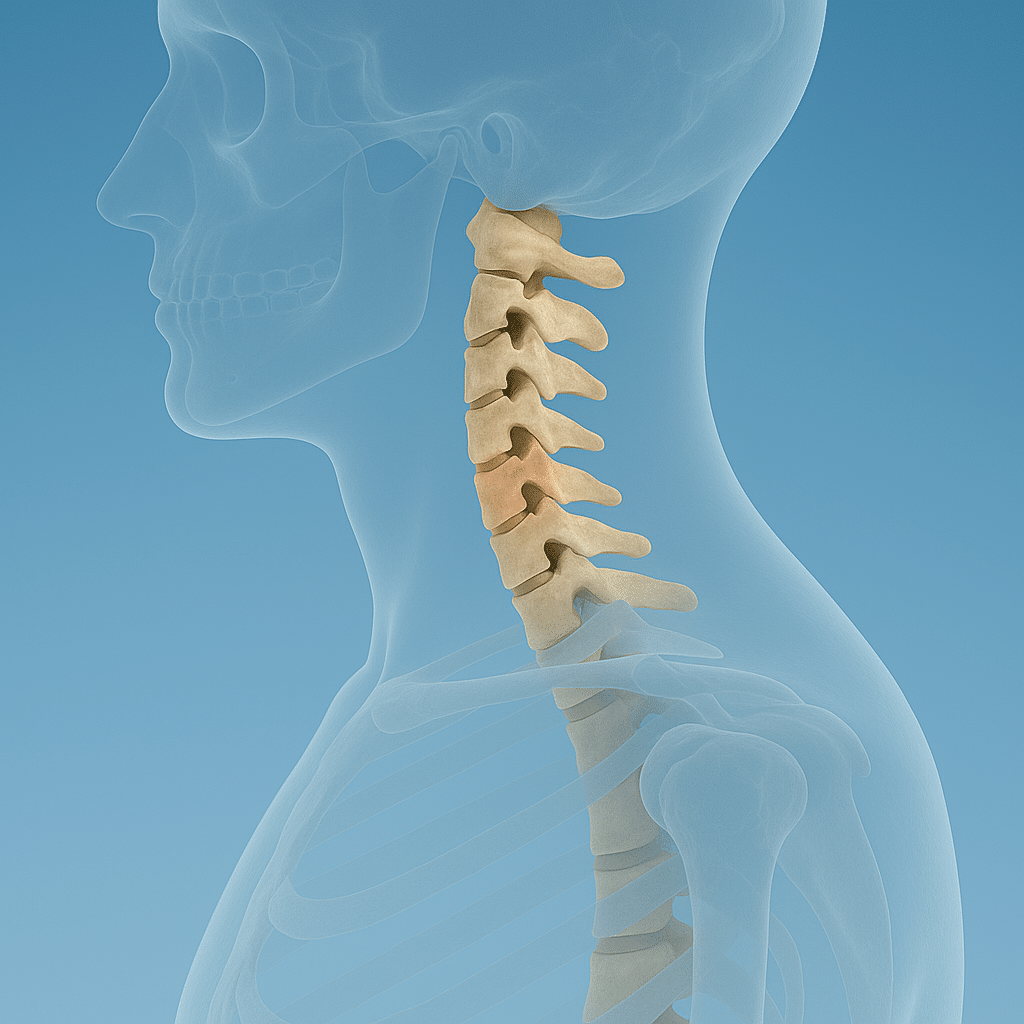Sleep positions, pillows, mattresses, and simple nighttime habits affect neck pain. Discover practical pillow choices, position-specific tips, mattress ideas, helpful bedtime routines, basic stretches, and when to call a doctor. Use this as a guide and talk with your OrthoNJ provider about your individual needs.
These suggestions are consistent with commonly referenced clinical guidance that emphasizes identifying red flag signs, using conservative self-care first, and tailoring support to the individual. Guideline groups and systematic reviews note that there is no single pillow or mattress that is best for everyone, and that decisions should consider symptoms, sleep position, comfort, and any red flags that require prompt medical assessment.


Your pillow and sleep position are two of the most common contributors to neck pain. The right support helps keep your head and neck aligned with your spine so muscles and joints have a chance to rest overnight.
No single pillow works for every person. Factors such as usual sleep position, shoulder width, neck curvature, prior injuries, and personal comfort preferences all affect which pillow feels best. Expect some trial and error and consider a pillow or mattress trial period before making a long term change.
Your position while sleeping changes how much strain the neck has. Back and side positions are often easier to support for many people. Stomach sleeping tends to force the neck to turn and may increase discomfort. Individual comfort, however, varies and some people tolerate different positions without pain.
| Position | What to expect |
|---|---|
| Back | Often the easiest way to keep the neck aligned with the spine when using a supportive, not overly high pillow. A small neck roll or contour pillow can help some people maintain neutral alignment. |
| Side | Typically needs a taller, firmer pillow so the head and spine remain level; a pillow between the knees can help whole body alignment. Pillow height should match shoulder width and body build. |
| Stomach | Tends to force the neck into rotation and may aggravate symptoms for many people. If this is your usual and most comfortable position, try a very thin pillow or none under the head, and avoid extreme rotation of the neck. |
Look for a pillow that fills the space between your neck and the mattress, so your head stays in roughly aligned with your spine. The correct height, shape, and material vary by body type, sleep position, and personal comfort.
A mattress that supports your body so the spine stays relatively neutral overnight can help the neck. Many people find medium-firm mattresses provide balanced support, but mattress preference and effectiveness vary substantially between individuals. Systematic reviews and practice guidance note that no single mattress type is best for everyone.
If a mattress is very soft or worn and lets your shoulders sink, it may contribute to twisting or misalignment. Consider using a mattress topper or testing a firmer sleeping surface for a trial period before replacing a mattress, and prioritize what feels supportive and comfortable for you.
Try gentle movements without forcing the neck. Stop if you feel increased pain, new numbness, or tingling.
Most cases of neck pain improve with brief self-care, but certain symptoms warrant a prompt medical evaluation. Clinical guidance recommends consulting a clinician sooner when red flag signs are present, and reserving imaging or advanced testing for when the history or examination suggests a specific concern.
If you are unsure whether symptoms are urgent, contact OrthoNJ for advice. For emergencies or rapidly progressive signs, go to the nearest emergency department.
Practical next steps you can try tonight:

Small changes to pillows, position, and bedtime routines often ease neck discomfort for many people, but responses vary. If pain persists, worsens, or interferes with daily activities, a medical evaluation can help identify the cause and offer targeted treatment options that align with your goals.
To schedule a shoulder or neck exam, contact OrthoNJ. We will review your history, examine the neck and shoulders, and create a plan that fits your needs and activity goals. Your clinician can advise whether further testing or a different treatment approach is appropriate for your situation.
Contact one of OrthoNJ's locations spread out through all of New Jersey.

This treatment info is for informational purposes only. Treatment and recovery vary person to person, and you should consult with your treating physician and team for details on your treatment and recovery process.